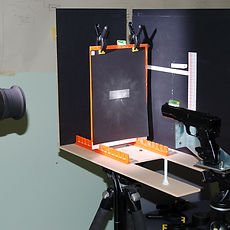top of page
alexheathreed.com
Forensic devices
More content coming soon
The Reed-Stanton press rig for the generation of reproducible fingermarks
Watch Scientific Lead Professor Simona Francese explain the science here and here
Intellectual property links here
bottom of page







.jpg)